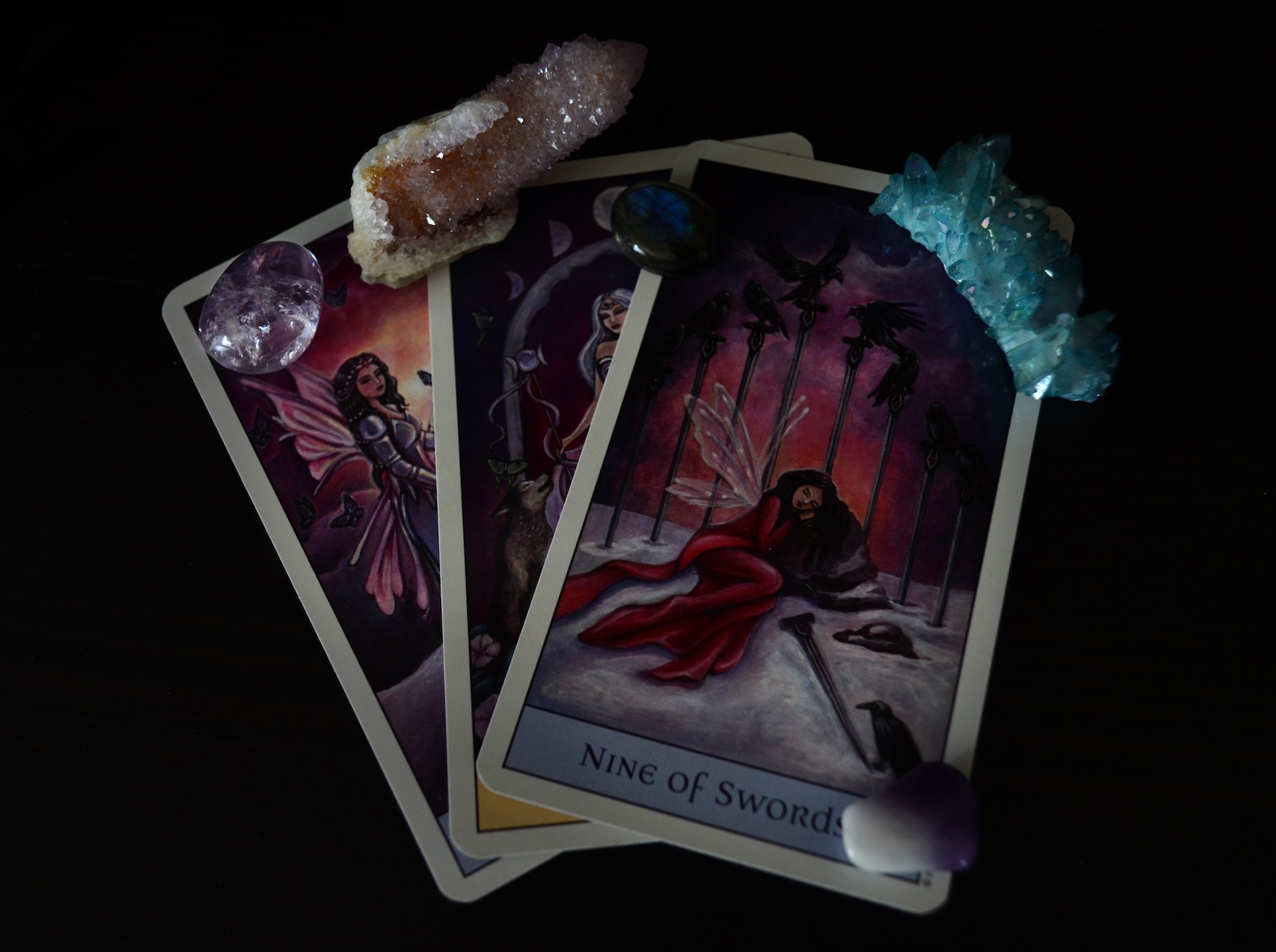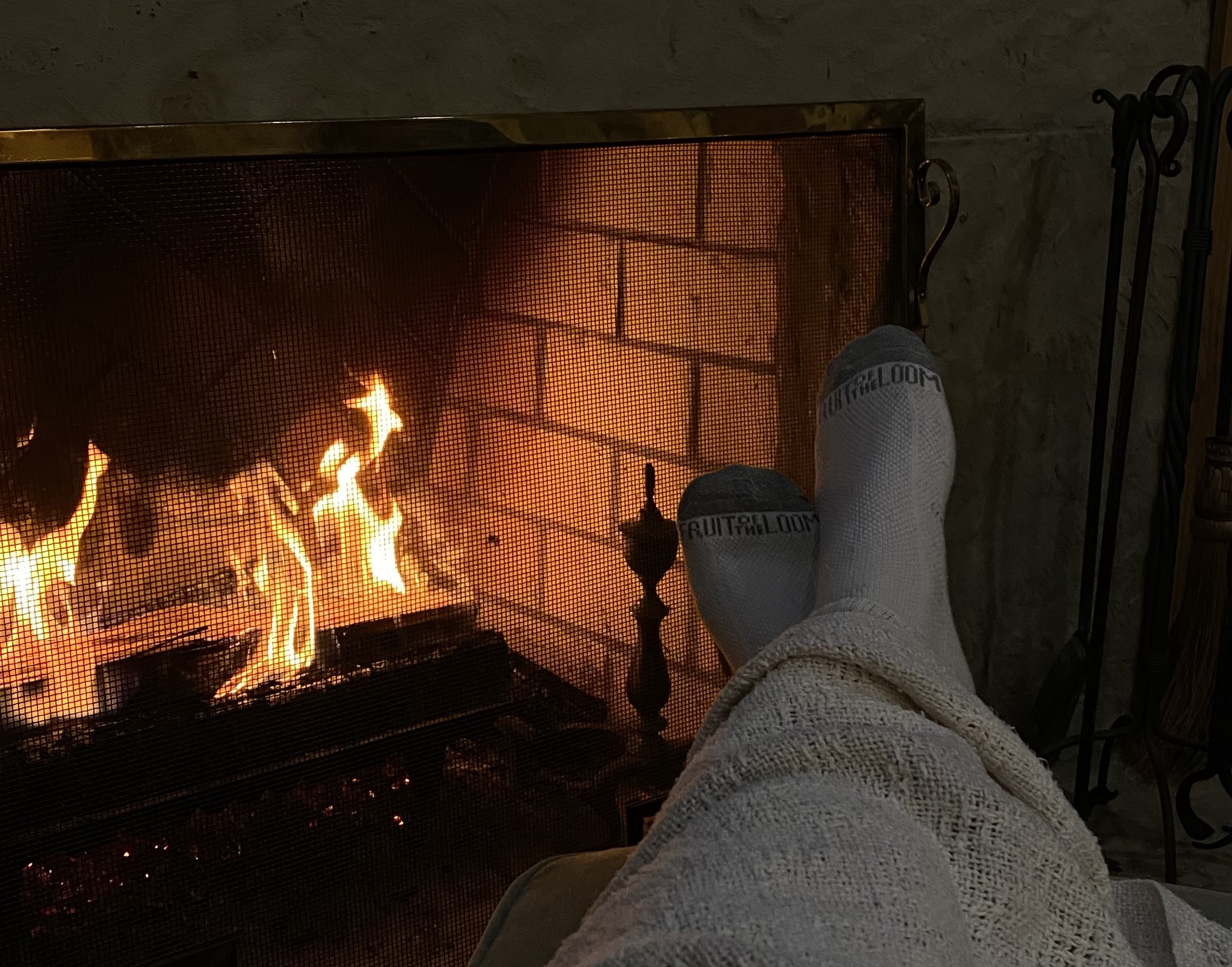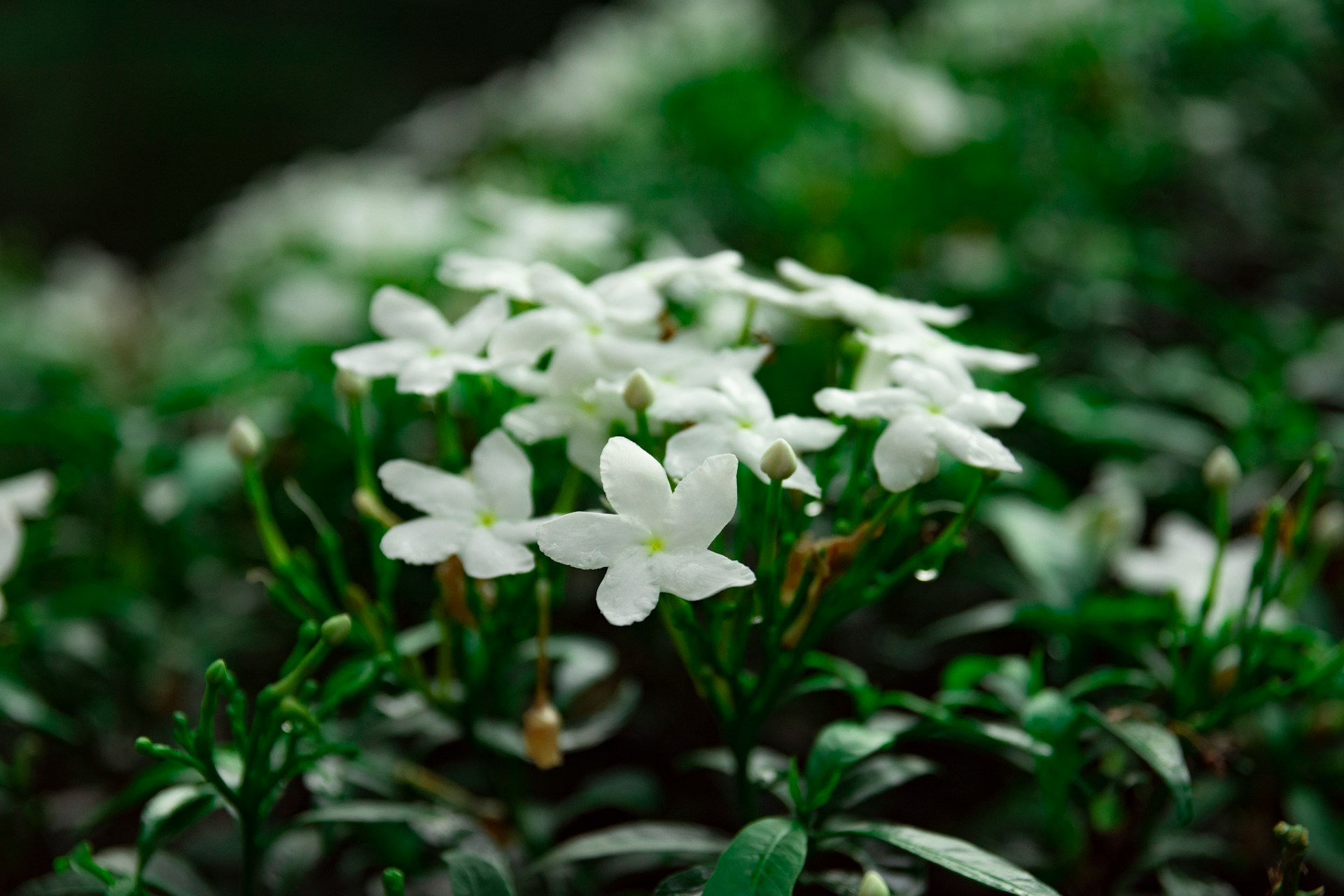Have you ever felt like the term “introvert” just doesn’t quite fit the whole picture? It’s a broad label, often slapped on anyone who might think twice before jumping into a social mixer. But introverts aren’t a one-size-fits-all group. Like a carefully curated playlist, each type has its own vibe and nuances.
In this, we’ll explore the different shades of introversion. Understanding these can help us navigate social interactions more effectively and boost our own self-awareness. So, let’s get to know the quiet ones a little better, shall we?
The Social Introvert
Imagine enjoying a cozy book club over a wild party—this is the realm of the social introvert. Social introverts aren’t antisocial, they just prefer socializing in doses. Think of it as social snacking—enough to satisfy but not so much that it overwhelms. For them, a small gathering of close friends feels just right. They can handle social events just fine, but you’ll often find them stepping out for a breath of fresh air to recharge those social batteries.
For social introverts, it’s all about balance. They might plan their social calendar with care, ensuring there’s enough downtime between events. It’s not about avoiding people, but about managing energy wisely. If you’re a social introvert, consider initiating gatherings yourself—it lets you control the size and setting, making socializing something to look forward to, not dread.
The Thinking Introvert
Now, let’s drift into the world of the thinking introvert. These are the daydreamers, the ones often caught with that distant gaze, not because they’re disinterested, but because they’re exploring universes in their minds. Thinking introverts are introspective, constantly tangled up in their thoughts, which are often as loud as the world outside is quiet.
Thinking introverts thrive when they channel their inner worlds creatively. Whether it’s writing, art, or programming, having an outlet for their thoughts can be deeply fulfilling. They might also benefit from mindfulness practices that help them stay connected to the present, rather than lost in thought.
The Anxious Introvert
The anxious introvert often wrestles with the ‘what ifs’ of social interaction. Their introversion is tinged with anxiety, not just a preference for solitude. They might replay conversations in their heads, fretting over what was said or what others thought. This internal overthinking makes social interactions daunting, turning retreat into a safe option.
For anxious introverts, small, structured social interactions can help build confidence. Techniques like cognitive-behavioral therapy (CBT) can also be effective in managing social anxiety. It’s about taking small steps and recognizing that setbacks are not roadblocks, just bumps in the road.
The Restrained Introvert
Step into the world of the restrained introvert—think of them as the slow burners of the social world. They’re not the first to jump into action, preferring instead to observe and process before they engage. Whether it’s joining a conversation or starting a new project, they take their time to warm up. This careful, deliberate nature can sometimes be mistaken for aloofness, but it’s really just their way of acclimatizing to new situations.
For restrained introverts, patience is key. They need to allow themselves the time to adjust without feeling pressured. Setting personal boundaries and giving oneself permission to take time can help restrained introverts feel more comfortable in social situations. They might also benefit from planning their interactions ahead of time, which can reduce the stress of spontaneity.
The Unique Blend
Last but not least, let’s talk about the introverts who don’t quite fit into a single category. Many introverts find that they share traits from several types, creating a unique blend that might change depending on the situation or phase of life. One day, the social introvert side dominates; on another, the thinking or anxious traits come forward. This fluidity can be confusing but also liberating as it allows for a flexible approach to social interactions and self-care.
For those who identify with multiple introvert types, self-awareness is crucial. Understanding which traits manifest in which situations can help in managing responses and expectations. Embracing this multiplicity can also encourage a more forgiving and adaptable approach to oneself and to others.
Whether you see yourself in one or more of these types, or recognize friends and family members, appreciating these nuances can enrich your interactions and personal growth. By delving into the layers of introversion, we unlock a better understanding of what it means to be quietly powerful in a noisy world.
















